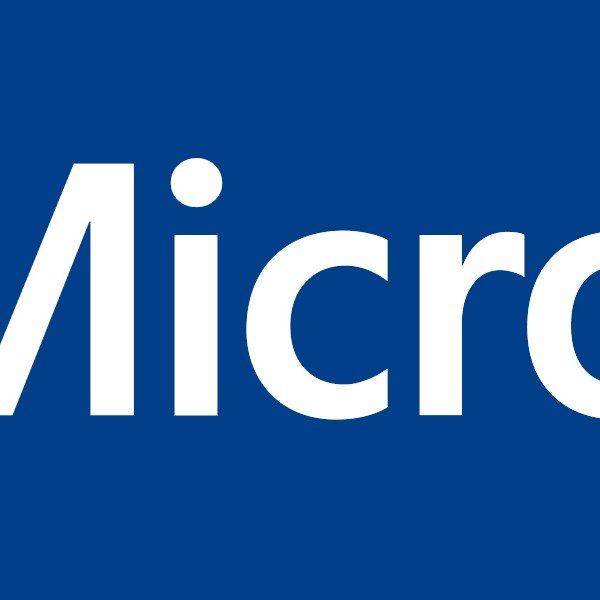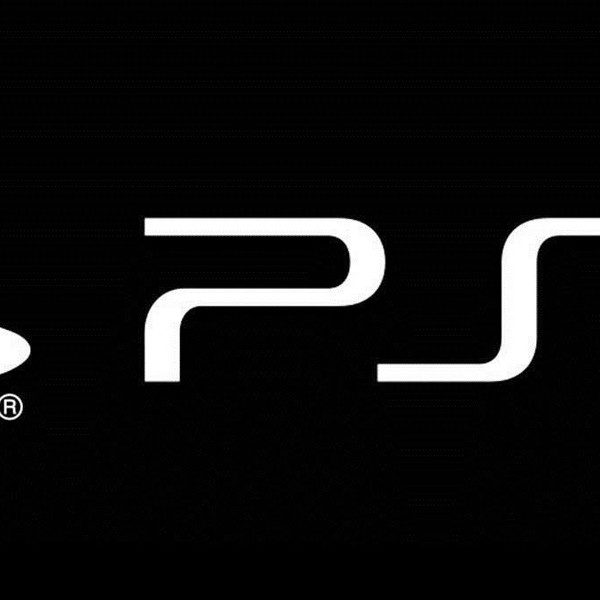

Another month has gone by and the NPD Group has released their July report for how well the video game industry did during the month. July saw minuscule spending across all categories grow to $762 million. However, year-to-date spending has fallen 4% to $6.4 billion when compared to the same time as last year.
On the software side of things, dollar sales saw a huge 34% jump to $340 million when compared to July of last year. This is mostly due to Madden NFL 20, the top selling game of the month, releasing during the July tracking period rather than the usual August tracking period. Nintendo also dominated the month with 6 exclusive games appearing in the top 10.
The aforementioned number one, Madden NFL 20, is now the eighth best selling game of the year. It also marks the twentieth straight year the series has topped the charts during an entry’s launch month. Placing second on the list was Fire Emblem: Three Houses. The game had the highest launch month sales in franchise history, and is currently the second best selling game in the franchise behind 2013 entry Fire Emblem: Awakening. June’s number one, Super Mario Maker 2, placed third during July. 2019’s best selling game so far, Mortal Kombat 11, placed eighth during July, but is now the fifth best selling in fighting game history.
You can check out the top 10 best selling games of July 2019 below:
- Madden NFL 20^
- Fire Emblem: Three Houses*
- Super Mario Maker 2*
- Marvel Ultimate Alliance 3: The Black Order*
- Minecraft**
- Grand Theft Auto V
- Super Smash Bros. Ultimate*
- Mortal Kombat 11
- Mario Kart 8*
- The Legend of Zelda: Breath of the Wild*
*: Digital Sales not included
**: Only includes digital sales on PS4 and Xbox One
^: PC Digital Sales not included
On the hardware side, the Nintendo Switch continues its dominate run as the best selling console of the month and overall year. However, the Switch’s continual sales growth still can’t offset the decrease in sales of PlayStation 4 and Xbox One. Hardware spending itself fell 19% to $169 million when compared to July 2018. Year-to-date spending on hardware was down as well when compared to last year by falling 21% to $1.5 billion.
Play games, take surveys and take advantage of special offers to help support mxdwn.
Every dollar helps keep the content you love coming every single day.



